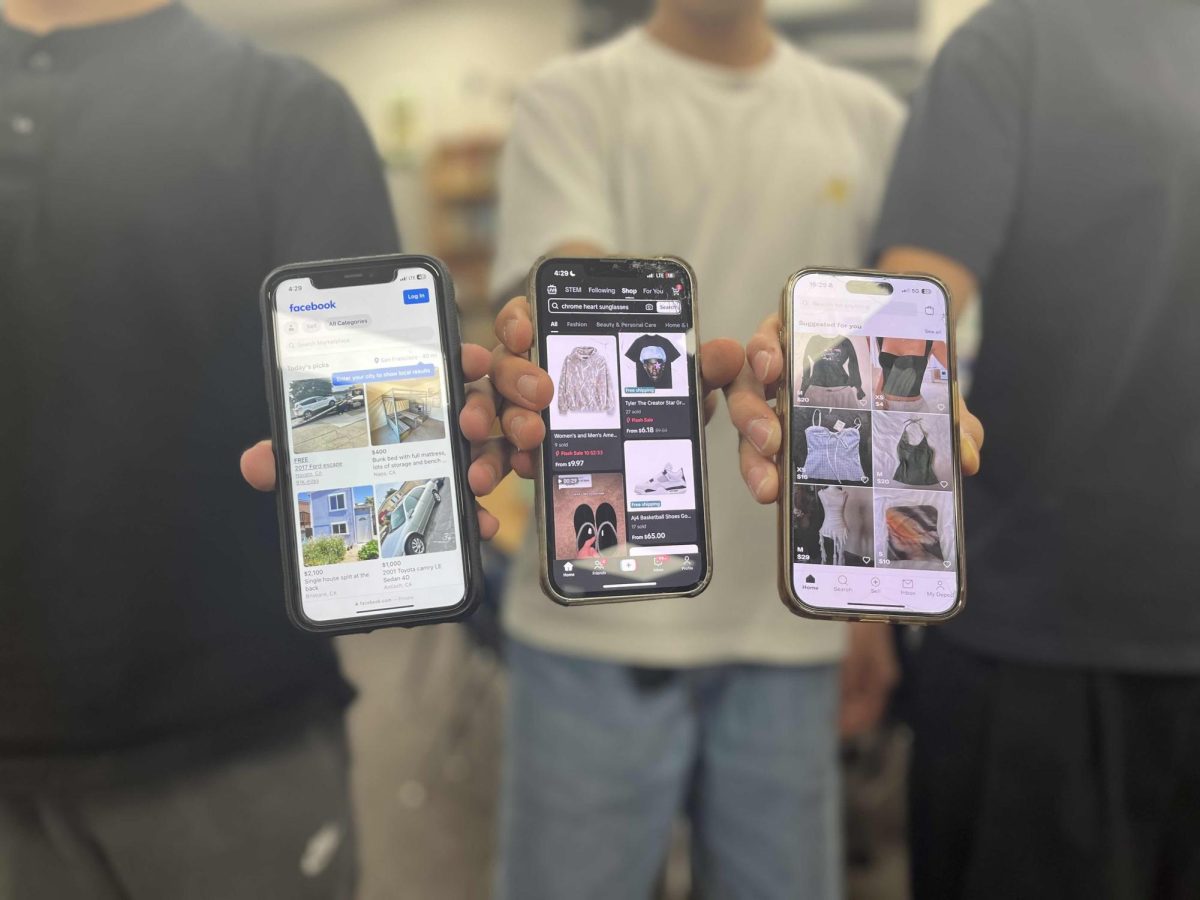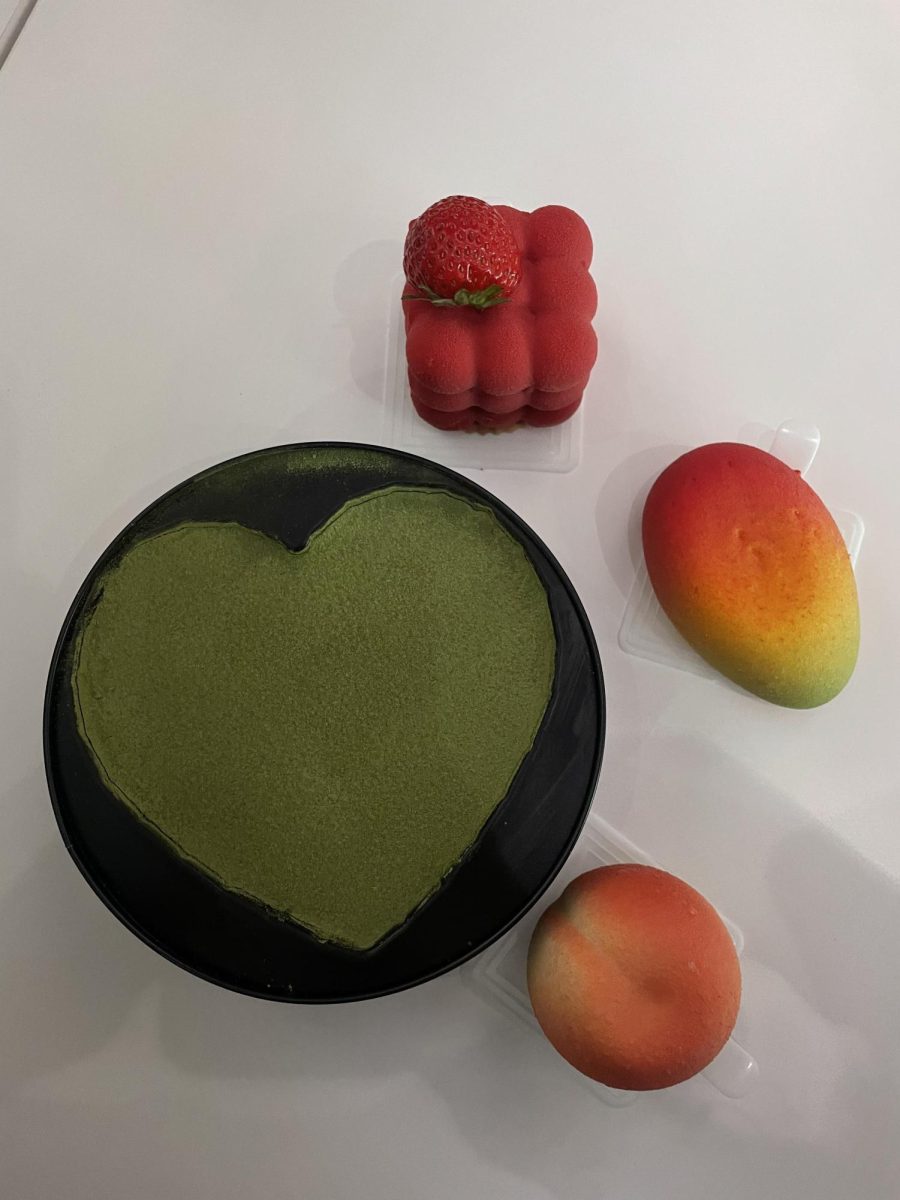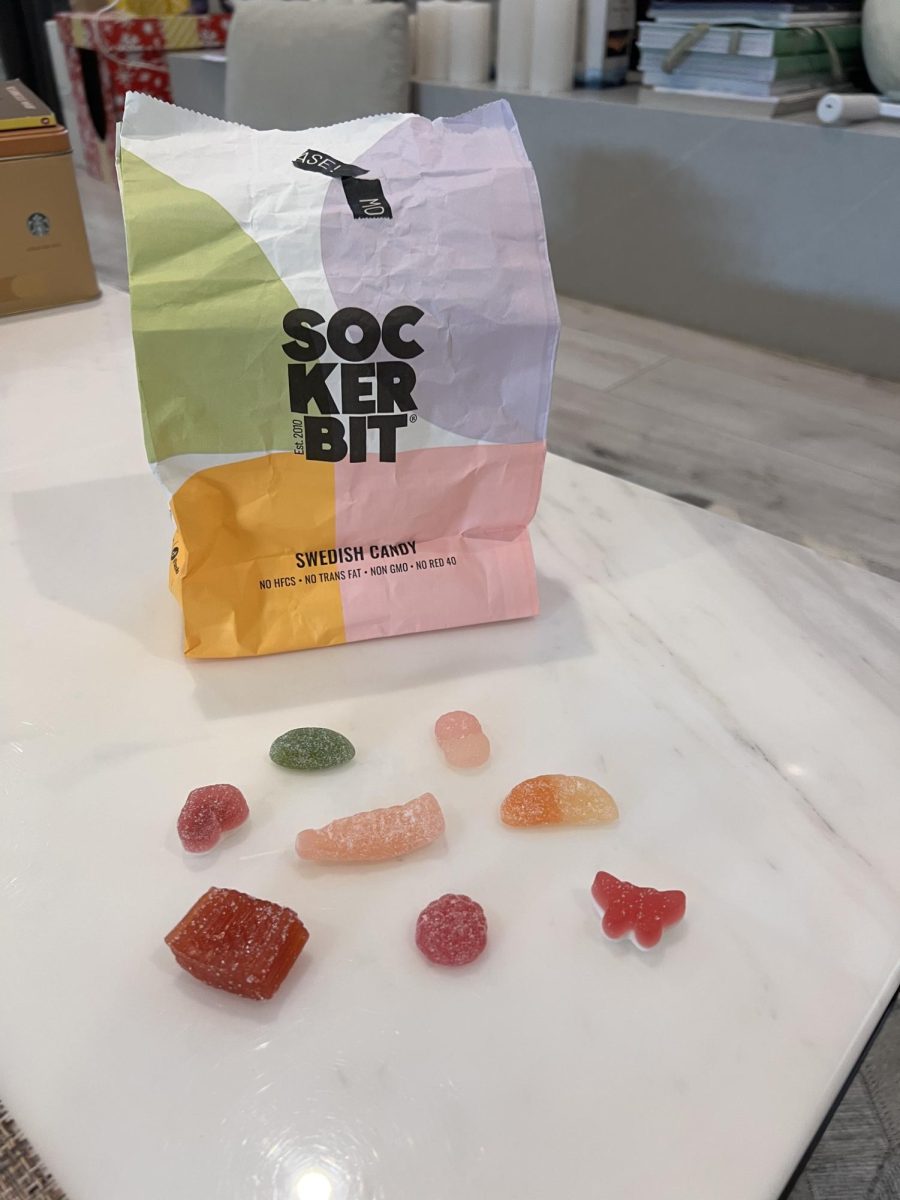From its release in 2016, Facebook Marketplace was a hub where people could sell, trade and barter items with others on the website. Since its release, many other social media sites have adopted the trend of an online store for goods.
More recently, TikTok has been one of the main corporations embracing this trend. TikTok Shop has been promoted primarily because of its accessibility. The app has a different tab to scroll for items, usually consisting of various discounts that cause the “deals” to appear more eye-catching. At the same time, the marketing for their products is relentless for how much they push users to buy their products. Consequently, creators can earn commissions by sharing a video using a product that TikTok advertises frequently.
Nowadays, there are various items that people are buying such as AirPods and popular clothing. The products that TikTok sells are usually replicas of their real counterparts items. For example, someone could purchase a pair of “fake” Birkenstock Clogs on the TikTok Shop for $13, while the original version typically costs $170. TikTok pushes its algorithm to promote these products to consumers by showing never-ending advertisements for miscellaneous items that are not always relevant.
Another new competitor in the cyberspace marketplace business is the Instagram Marketplace. As the predecessor of Instagram Marketplace, Facebook Marketplace has a different approach to the concept of social media shopping. Instagram Marketplace is a way for creators to sell their own products, giving advertisers a direct way to sell. In turn, Instagram gets a small commission by allowing creators to sell on their app.
While providing an outlet for smaller businesses and entrepreneurs, most inappropriate items are not usually inspected before Instagram lets them be sold. Clothing promoting violence and derogatory remarks are not properly inspected through Instagram Marketplace. These kinds of items could possibly be recommended to children, leading to unwanted exposure to those types of media.
On the other hand, websites like GRAILED and Depop became more trendy and popular. These websites allow users to buy and sell clothes directly with other users. The idea of having content creators selling merchandise other than individual sellers selling from their closets proves both a beneficial and an unprofitable alternative to already established marketplaces.
As online bartering is becoming more of a prominent way of shopping, the rise of digitizing more industries proves prominent.








